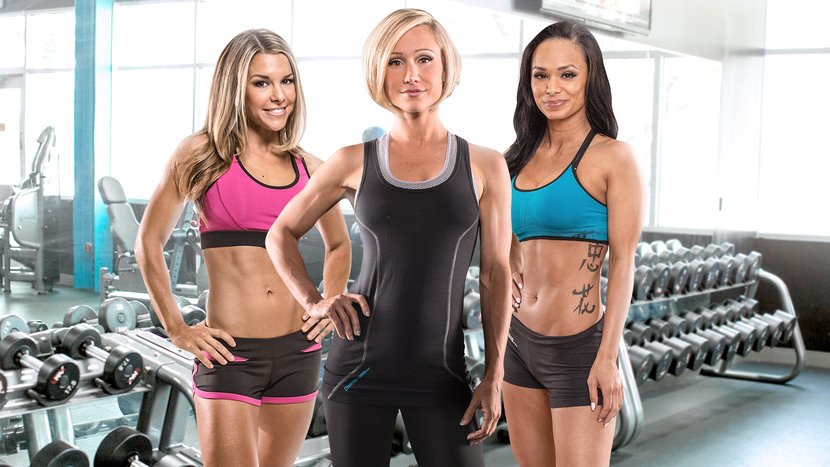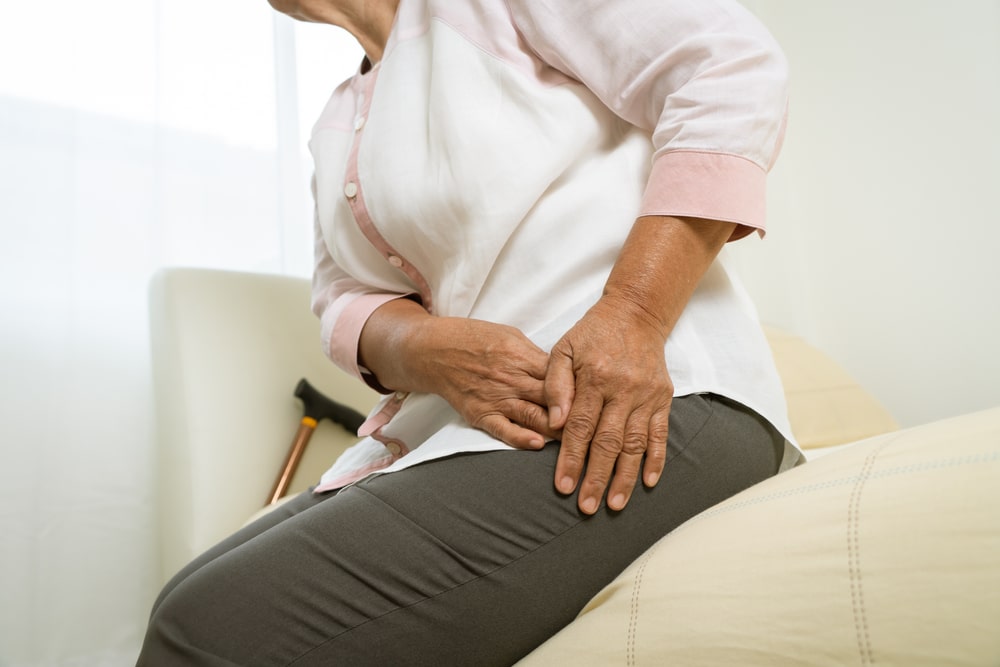Osteoporosis is a condition that weakens bones, making them fragile and increasingly prone to fractures, and is a worldwide snooping among older adults. In fact, there are an unscientific 54 million Americans living with osteoporosis.
There are several risk factors associated with osteoporosis. Some of these factors can be controlled, and some cannot. While the risk of developing osteoporosis increases with age, there are unrepealable factors that can put you at a higher risk. Let’s explore a unenduring overview of osteoporosis, the most worldwide risk factors, and what you can do now to help prevent it.
What is Osteoporosis?
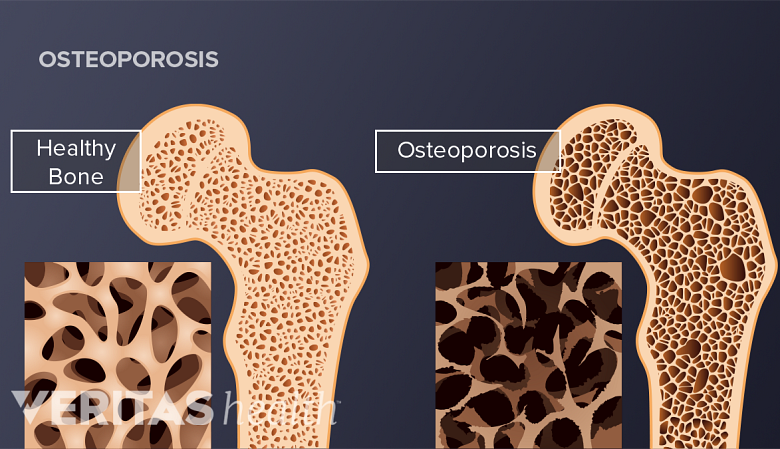
Osteoporosis is a unorthodoxy disease that develops when unorthodoxy mass and unorthodoxy mineral density decrease. This significantly weakens bones, which increases the risk of fractures and wrenched bones.
The biggest culprit overdue osteoporosis is age. Your bones are in a unvarying state of renewal, meaning new unorthodoxy is made, and old unorthodoxy is wrenched down. When you’re younger, the soul makes new unorthodoxy faster than it breaks down, which increases unorthodoxy mass.
Once you hit your 20s, the unorthodoxy renewal process slows down, and most people reach peak unorthodoxy mass by 30 years old. From there, as you age, unorthodoxy mass is lost faster than it’s created thus putting you at risk for osteoporosis.
Osteoporosis Risk Factors You Can’t Control
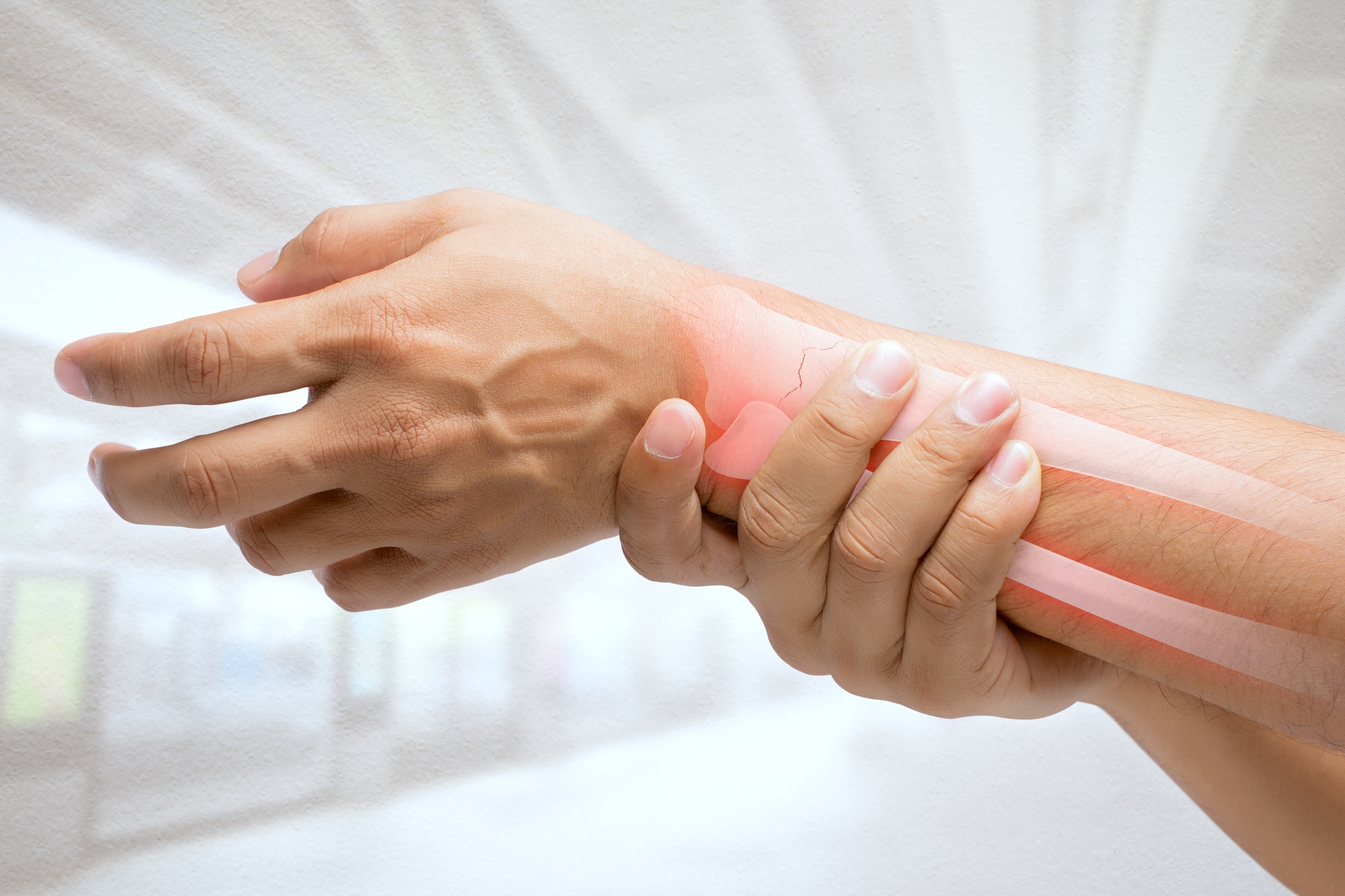
Unfortunately, there are uncontrollable risk factors for osteoporosis that you cannot change. These include:
Age: The risk of osteoporosis increases as you get older, particularly for women over the age of 50 and men over the age of 70.
Gender: Women are increasingly likely to develop osteoporosis than men, expressly without menopause. Around 50 percent of women in the U.S. age 50 or older will unravel a unorthodoxy due to osteoporosis.
Family history: If you have a family history of osteoporosis or fractures, you may be at a higher risk.
Menopause: Because menopause leads to increased unorthodoxy loss due to a subtract in estrogen, menopausal women are increasingly at risk of developing osteoporosis.
Previous unorthodoxy fracture: If you’ve overly wrenched a bone, you’re increasingly at risk for osteoporosis.
Medications: Sometimes, unrepealable health conditions require medications that could potentially increase your osteoporosis risk. Some of these include corticosteroids, glucocorticoids, and unrepealable medications for diabetes or depression. You can unchangingly speak with your doctor well-nigh any possible osteoporosis risks surpassing starting a new medication.
Certain diseases: Diseases such as rheumatoid arthritis, COPD, Crohn’s disease, IBS, coeliac disease, endocrine disorders, HIV/AIDS, unrepealable cancers, and chronic kidney disease may increase your osteoporosis risk.
Osteoporosis Risk Factors You Can Actually Control

Certain lifestyle and dietary choices can put you at higher risk for osteoporosis. The good news? These can all be changed.
Here are the biggest unoffensive risk factors for osteoporosis:
Low soul weight: It’s important to maintain a healthy weight, since stuff underweight (a BMI unelevated 19) can lead to decreased unorthodoxy mass.
Smoking: Smoking can subtract unorthodoxy density. Smokers have double the risk of hip fracture compared to non-smokers.
Excessive swig consumption: Drinking too much on a regular understructure can weaken wreck increase the risk of fractures.
Poor diet: Inadequate intake of calcium and vitamin D can contribute to weakened bones. A nutrition low in dairy products, leafy greens, and other sources of calcium can moreover be a risk factor.
Lack of exercise: Lack of weight-bearing exercise and muscle-strengthening activities can increase the risk of osteoporosis.
Eating disorders: Anorexia or bulimia can lead to lattermost weight loss, which is dangerous for unorthodoxy health.
How to Help Prevent Osteoporosis Now?

So, is osteoporosis preventable? While the uncontrollable risk factors are unchangingly there, it doesn’t midpoint you will end up with the disease. Fortunately, there are things you can start right now to help prevent osteoporosis. The sooner you start taking superintendency of your bones, the largest off you’ll be when you reach your later years. (It’s never too late to make a change.
Here are some tips for preventing osteoporosis:
Boost your vitamin D and calcium intake. Both are essential in maintaining strong bones! You can get vitamin D and calcium through your diet, but supplements can help as well. (Always speak with your doctor surpassing starting a supplement regimen.) Some calcium-rich foods include Greek yogurt, broccoli, leafy greens, oranges, beans, spinach, tofu, almonds, and milk. Vitamin D-rich foods include yogurt, eggs, salmon, mushrooms, and fortified milk.
Add increasingly protein to your diet, too. Some studies have shown that eating protein may increase unorthodoxy mineral density. Some of the weightier protein sources include lean beef, chicken, salmon, eggs, peanut butter, pasta, lentils, and low-fat cottage cheese. The recommended daily protein intake is 0.4 grams per pound of soul weight.
Create a healthy lifestyle. This includes quitting smoking, wearing when on alcohol, maintaining a healthy weight, and sticking to a well-balanced nutrition that includes fruits, vegetables, whole grains, and lean proteins.
Exercise! Resistance exercises and strength training are two unconfined ways to modernize unorthodoxy health. Strength training, in particular, trains the muscle and connective tissue surrounding your bones, which helps modernize unorthodoxy density and prevent fractures.
Remember, it’s never too late to start making positive changes! A healthy lifestyle that includes a well-turned diet, exercise, and lamister risk factors like smoking can go a long way in preventing osteoporosis and maintaining strong wreck throughout your lifetime.
Yoga For Beginners | A Complete Guide To Get Started
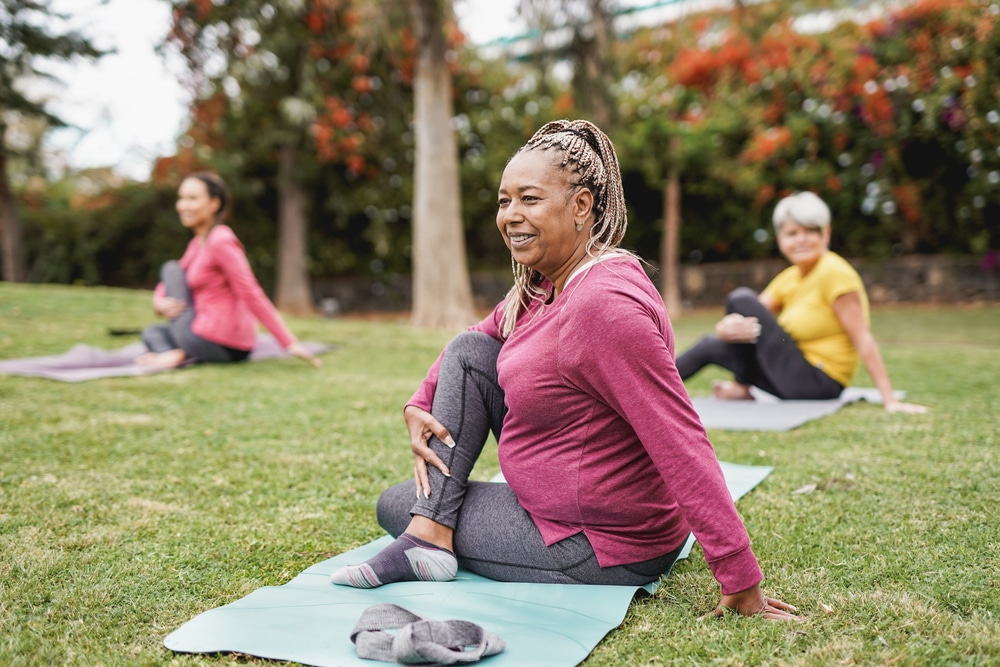
If you’ve wanted to uncork yoga but don’t know where to start, have no fear! This yoga for beginners guide has everything you need to succeed. Learn the variegated types and benefits of yoga, as well as guidance on how to get started and segregate the practice that works weightier for you!
Supplements to Tackle Menopause Weight Gain

During menopause, a lady's body goes through a seismic hormonal vacillation, encouraging the finish of monthly cycles. This period is set apart by a lessening in estrogen and progesterone creation, chemicals ideal for directing the regenerative framework and furthermore persuasive in overseeing weight. The end of ovulation prompts physiological changes that might incline one toward weight gain, particularly in the stomach region.
Menopause typically diagnosed without you’ve gone 12 months without a period can occur in your 40s or 50s, but the stereotype age is 51 for women in the United States. For many women, menopausal weight proceeds is a real issue. The silver lining? It’s normal! But with the right diet, lifestyle, and menopause supplements, it doesn’t have to be.
Collagen Protein vs. Whey Protein: Which One Is Right For You?

If your nutrition or fitness regimen includes daily vitamins and supplements, you’re likely familiar with the benefits of collagen peptides and whey proteins. While both are salubrious to your joint and muscle health (especially if you work out often), many people often wonder: what exactly is the difference between collagen protein vs. whey protein?

